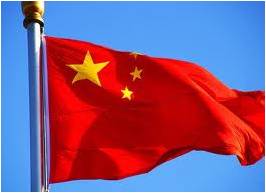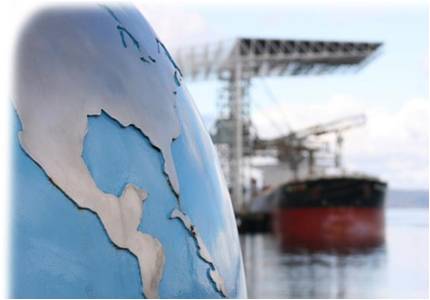Now that you have defined clearly your needs and priorities, it is time to figure out where the optimal location of production will be for your product. Typically, products associated with high labor costs and/or that are purchased in large quantities make the best products to source from China or any other low wage country. Low run or one-off items do not lend themselves well to Chinese manufacturing. Products where short lead times are required are also usually not well suited for international sourcing due to freight considerations (note: production times themselves can also be longer in China due to a wide array of factors including energy shortages, working capital constraints, efficiency differences, etc.). There are exceptions to this rule, especially for items that can be shipped via airfreight while maintaining sufficient profitability.
[custom_frame_right shadow=”on”] [/custom_frame_right] China’s Low (But Rising) Wages
[/custom_frame_right] China’s Low (But Rising) Wages
Although wage and benefit increases of 15 to 20 percent per year have been rapidly eroding the Chinese labor-cost advantage, China continues to be the manufacturer of the world. It is true that the productivity gains realized in China (while significant compared to other countries) are well below the labor cost increases seen recently and therefore competitiveness will wane as we move into the next decade, ceteris paribus. However, cost advantages in our opinion are more greatly threatened by other expenses, including: electricity costs, bunker fuel costs and related freight expense, land/rent, supply chain risks and the expenses needed to control these appropriately. But even in light of these challenges, there are strong reasons to believe China will remain a manufacturing powerhouse with significant cost advantages.
For one, China holds several material comparative advantages over other low-wage countries in the region (e.g. Cambodia, Vietnam, Indonesia, and Thailand) , including: the largest labor force in the world, superior talent pool, better infrastructure, more developed supply networks and higher worker productivity. While labor rates are lower in these alternative markets, the Chinese advantages listed above mitigate most if not all of the savings from lower wages (not to mention that wages are rising very quickly in these other Asian countries as well).
But possibly most important, China continues to be an export led economy. What does this mean? Simply put, China will not cease from utilizing every tool in its tool bag, including financial and fiscal incentives, to support its export sector. Outright government subsidies and direct manipulation in the fx market to maintain the reminbi artificially weak will continue and China will remain a competitive alternative for your manufacturing needs (especially those that have a high labor component) for some time to come.
[custom_frame_left shadow=”on”] [/custom_frame_left] The Critical Decision
[/custom_frame_left] The Critical Decision
If China continues to be the low cost alternative, then what are the determining factors that will shape your sourcing strategy as it relates to location of production? Review your priorities and weigh these against the benefits and challenges highlighted above. Is a short lead time a priority? Is it more important than low cost? If so, then you may want to consider near-shore alternatives (like Mexico to serve North America or Central/Eastern Europe to serve Western Europe). Try and build a shortlist based on your priorities and what you can learn about the manufacturing base in those countries. Are you searching for low cost apparel or shoes? Then maybe you want to look in Thailand, Indonesia or Vietnam. But if you are located in Western Europe and are concerned with a quick lead time due to fashion’s fickle trend shifts, then perhaps Turkey is a better option.
It may be difficult to determine the ideal location of production without knowing how suppliers in that location will address your other priorities (e.g. cost, adherence to critical specifications, etc.) or what in fact the production lead time will be (as this can vary not only from market to market but also from supplier to supplier within the same market). Therefore, make an effort to eliminate locations that will simply not work. If you know you need your product in 30 days, China is not going to work for you (unless you can afford to airfreight your product – and even then you are looking at an exceptionally quick production turnaround).
This process involves research. It can take time and doesn’t need to be perfect. But it will save you a lot of time later on (far more than what you invest at this stage) if you can narrow down your search.
